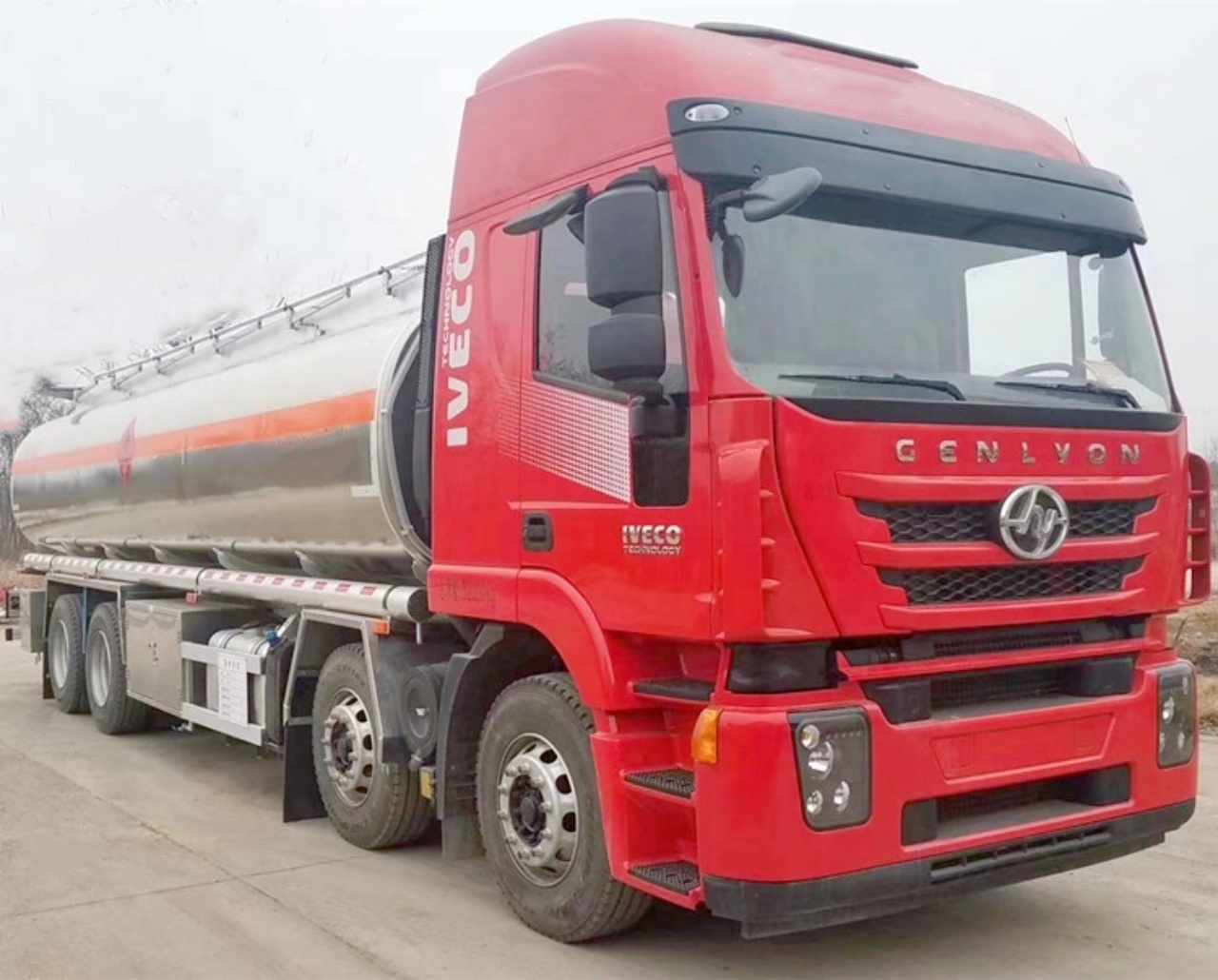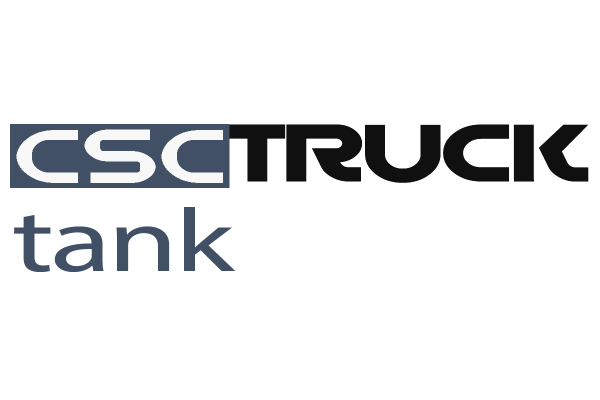Before leaving the factory, fuel tank trucks typically undergo strict inspections. After the tank body is formed, an air-tightness test is conducted in the workshop. Once the complete vehicle is assembled, a water test is performed. Upon completion, the Bureau of Technical Supervision inspects the finished product and issues a tank inspection report. Generally, the tank itself does not present any quality issues within the first few years after delivery. Most problems tend to occur in easily worn components. Below is a summary of 17 key points to consider for the daily maintenance of oil tank trucks:
- Chassis Maintenance: The driving part of the oil tank truck refers to the chassis. While drivers are usually familiar with this part, special attention is needed after installing the oil pump, which involves a power take-off (PTO) and a drive shaft connected to the engine. Improper operation may result in PTO failure.
- Oil Pump Usage and Maintenance: Follow the user manual strictly for operation and maintenance. Each vehicle comes with its corresponding manual.
- Fuel Dispenser Usage and Maintenance: Operate and maintain strictly according to its user manual, which is provided with the vehicle.
- Slow Fuel Dispensing or Failure to Dispense: Check the safety valve and filter screen. These components should be regularly inspected and cleaned.
- Cleaning the Tank and Piping System: Periodically clean the oil tank and check all pipeline connections to ensure secure and leak-free joints.
- Maintaining Tank Cleanliness: Regularly clean the tank and oil delivery system. Apply lubricant to the inner and outer joints of the delivery hose for ease of disassembly. Always cap the inlet and outlet after use to maintain internal cleanliness.
- Loading Capacity: Do not exceed the rated loading capacity (calculated based on the density of the oil being transported).
- Ball Valve Protection: The fluid passing through the ball valve should not be too dirty to protect the sealing ring and extend valve life. Ball valves should not remain half-open for long periods, as this can damage the sealing ring. During travel, all ball valve handles must be in the closed position.
- Pump Inlet Filter: Clean the inlet filter regularly to prevent clogging from oil residues, which can affect the flow rate.
- Breather Valve Maintenance: Keep the breather valve clean and operational. Do not arbitrarily replace the internal spring, as it may impair the valve’s function. A blocked breather valve can cause tank deformation.
- Fire Hazard Prevention: To avoid fire risks, do not strike truck components with metal tools when exhaust pipes, mufflers, or conductive electrodes are damaged or leaking. Firefighting equipment must always be available onboard.
- Frozen Sediment Tank: If the sediment tank under the oil tank freezes, do not use an open flame to thaw it. Instead, use steam or move the truck into a warm area.
- Static Electricity Prevention: Before operation, insert a grounding rod into moist soil, and ensure grounding straps are connected. Good static conductivity must be maintained throughout the operation.
- Fire Extinguisher Check: Inspect fire extinguishers before departure. Operators must be familiar with their use and follow the instructions for inspection and maintenance.
- Pre-operation Inspection: Before operation, check the pipeline system for leaks, grounding wire disconnections, or damage to the exhaust pipe. Resolve any issues before proceeding.
- Fuel Level Measurement: Follow relevant safety regulations when measuring fuel levels. In winter, drain all water from the self-priming pump to prevent the pump body from freezing and cracking.
- Tank Entry Safety: When working inside the tank, ensure proper ventilation and have someone stand guard outside. If necessary, clean the tank with soapy water before entering.


